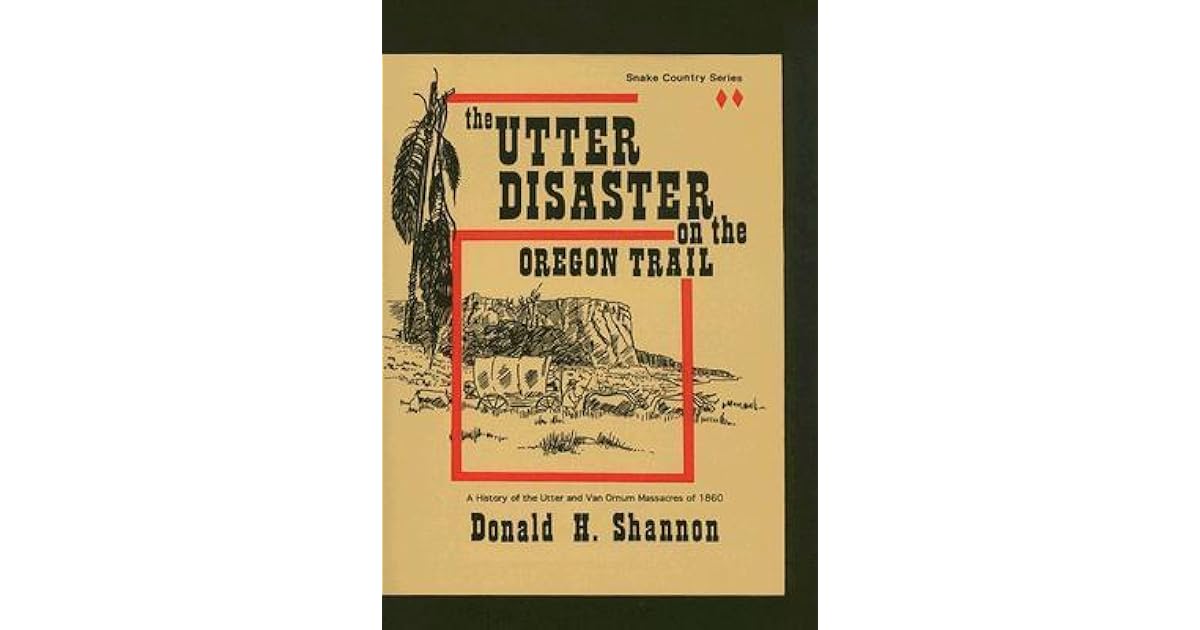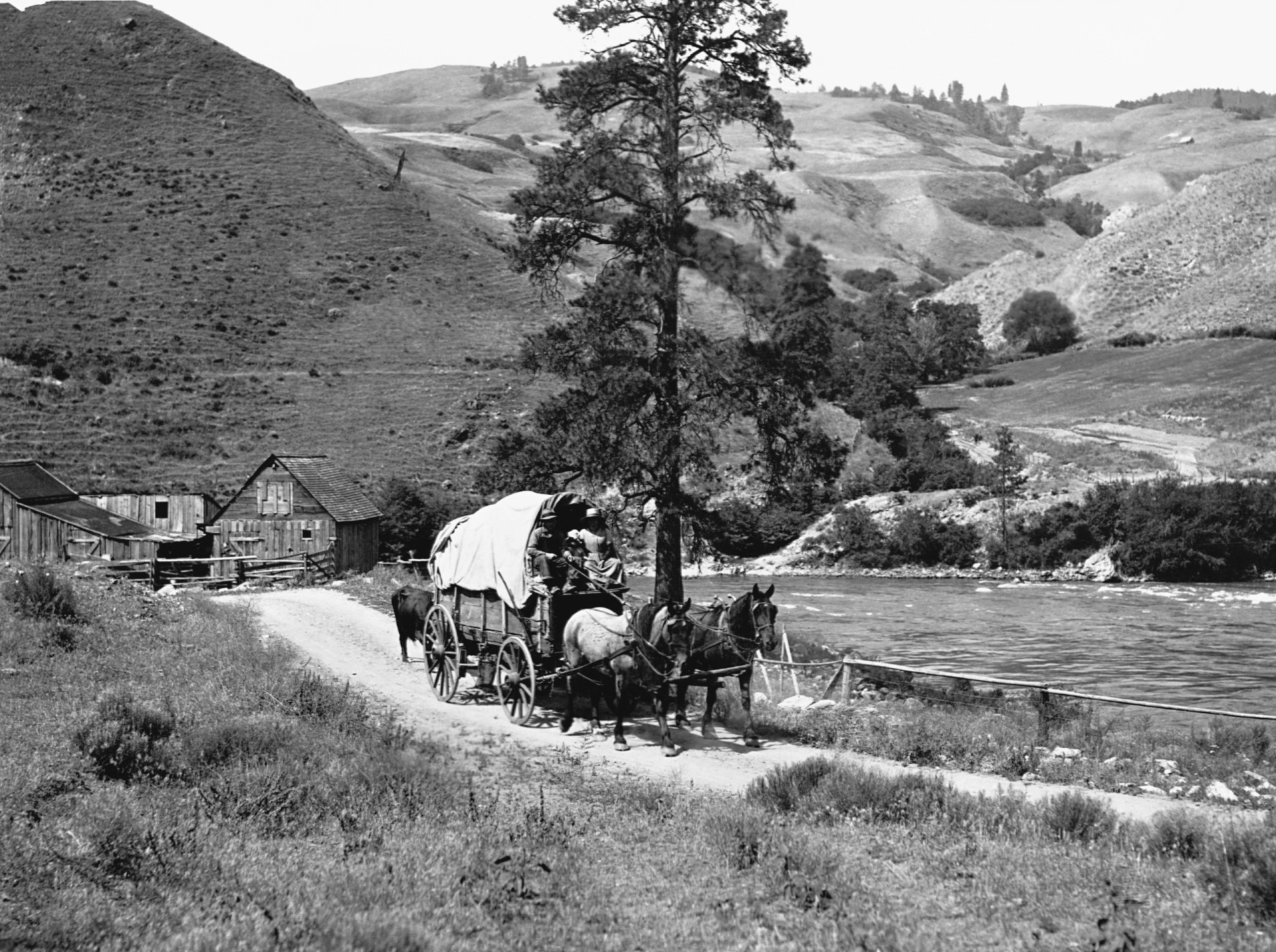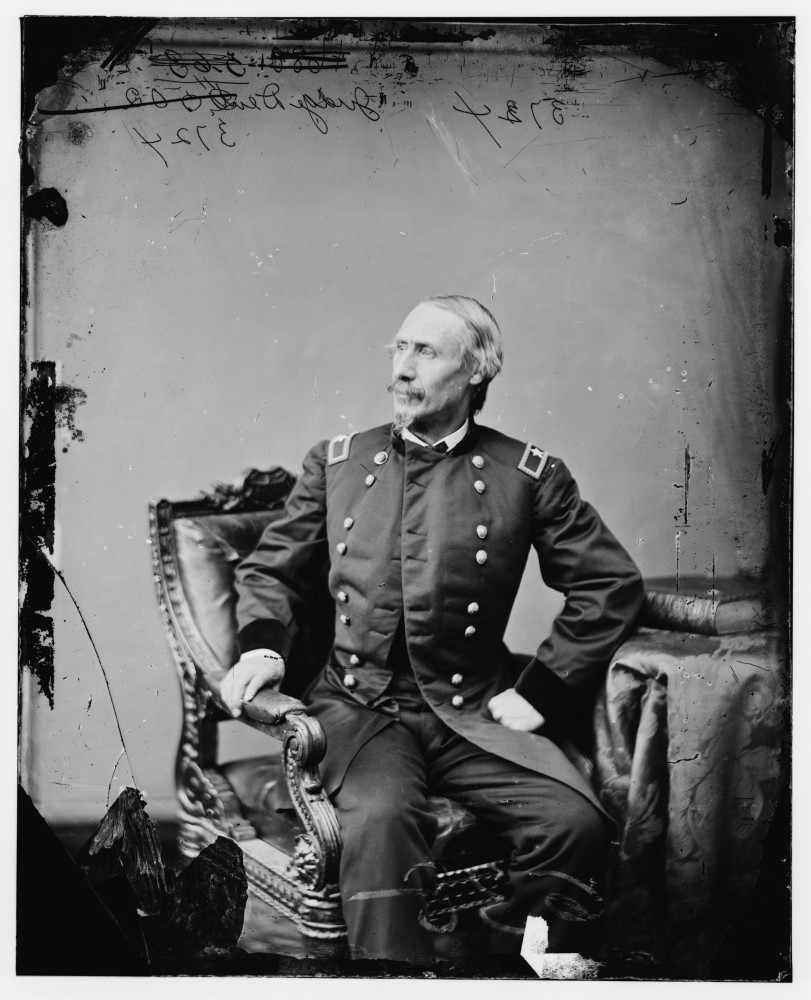Echoes in the Sagebrush: The Utter-Van Ornum Massacre and Idaho’s Frontier Legends
Idaho’s rugged landscape, a tapestry of sagebrush plains, towering mountains, and the winding Snake River, holds countless stories. Some are tales of triumph, others of tireless endeavor. And then there are those etched in blood and fear, events that transcend mere history to become the stuff of legend. One such indelible chapter is the Utter-Van Ornum Massacre of 1860, a frontier tragedy whose echoes still resonate through the Idaho wilderness, shaping its folklore and challenging our understanding of the American West. It’s a story not just of death and survival, but of the birth of a legend, a testament to the brutal realities that forged the American frontier.
The mid-19th century was a crucible for the American nation, a period of relentless westward expansion driven by the promise of gold, land, and a new life. Thousands streamed across the continent on trails like the Oregon and California Trails, their wagons carving paths through lands long inhabited by diverse Native American nations. This relentless push inevitably led to conflict, as settlers encroached on hunting grounds, disrupted traditional ways of life, and often met indigenous populations with suspicion, fear, and violence. The Idaho Territory, still in its nascent stages, was a particularly volatile crossroads. Rich in natural resources, especially minerals, and bisected by crucial river systems, it became a flashpoint where the dreams of pioneers clashed violently with the ancestral claims of the Shoshone, Bannock, and Paiute peoples.
It was into this tense environment that the Utter-Van Ornum party ventured in the late summer of 1860. Led by Elijah Utter and William Van Ornum, a small company of emigrants—accounts vary, but typically numbered around 20 to 30 individuals—had chosen a perilous detour from the main Oregon Trail. Instead of following the established route further north, they aimed to cut across southern Idaho, hoping to find a more direct path to the burgeoning gold fields of Salmon River or to the fertile lands of eastern Oregon. Their journey took them through the stark, unforgiving terrain of what would become Owyhee County, a landscape of volcanic rock, deep canyons, and vast, undulating sagebrush flats, all under the watchful gaze of the Owyhee Mountains.
On September 13, 1860, their ill-fated shortcut led them to a stretch of the Snake River, near what is now known as Massacre Rocks, but distinct from the more famous site in eastern Idaho. Exhausted and vulnerable, the wagons formed a small encampment. The ambush was swift and brutal. A large party of Native American warriors, often identified as a coalition of Shoshone, Bannock, and Paiute (pejoratively lumped together by settlers as "Snake Indians"), descended upon the unsuspecting emigrants. The reasons for the attack were complex, rooted in a cycle of retaliatory violence that had plagued the frontier for years. White settlers often stole horses, destroyed resources, and committed unprovoked acts of violence against Native Americans, who in turn struck back to defend their lands, resources, and people. The Utter-Van Ornum party, tragically, became the victims of this escalating conflict.
The attack was a massacre in the truest sense. Men, women, and children were cut down with arrows, lances, and firearms. The wagons were looted, and the animals driven off. Amidst the carnage, a young woman, Sarah Ann Utter, displayed an almost unimaginable presence of mind and courage. Shot through the arm and bleeding, she managed to crawl into a dense thicket of sagebrush, pulling her two young sons, Armistead and William, with her. For what must have seemed an eternity, she lay hidden, listening to the screams, the shouts, and the sounds of her family being slaughtered. Later, she would recount the harrowing experience, her testimony becoming a cornerstone of the legend. "I crawled in among the sagebrush with my two little boys and hid there," she reportedly told rescuers. "I heard the screams and the shots. I knew they were killing everyone."
When silence finally descended, broken only by the wind, Sarah Ann emerged to a scene of unimaginable horror. The ground was littered with bodies, her family among them. Her husband, her parents, siblings – all gone. She managed to find her two surviving sons, both remarkably unharmed, and together they began a desperate, aimless trek across the desolate landscape. For days, they wandered, subsisting on berries and roots, driven by an instinct for survival. They were eventually discovered by a rescue party led by George Grimes (the same Grimes who gave his name to Grimes Creek), who had been alerted by other travelers who had narrowly escaped the periphery of the attack. Grimes and his men buried the dead in a shallow mass grave near the river, a somber monument to the fleeting dreams of the pioneers.
The massacre quickly embedded itself in the nascent folklore of Idaho Territory. News of the atrocity spread like wildfire, fueling both fear and outrage among settlers. It served as a stark reminder of the dangers lurking beyond the settled areas, a cautionary tale whispered around campfires. Sarah Ann Utter’s miraculous survival, her harrowing account, and her incredible resilience in protecting her children became the central narrative, transforming her into a frontier heroine. Her story, passed down through generations, elevated the event beyond a mere historical incident; it became a legend of suffering, endurance, and the unforgiving nature of the American West.
The very ground where the massacre occurred is said to carry a heavy energy. While not a classic "haunting" site in the traditional ghost story sense, the area is often described by locals and historians as deeply somber, a place where the past feels palpably close. The legend isn’t necessarily about specters, but about the enduring imprint of violence and sorrow on the land itself. Some believe that the spirits of the fallen still linger, a silent testament to the lives abruptly ended. Others see the massacre site as a stark reminder of the sacrifices made during the westward expansion, a place to reflect on the human cost of Manifest Destiny. The mass grave, though unmarked today by a formal monument, remains a powerful, if invisible, focal point for this legend.
To understand the full weight of the Utter-Van Ornum tragedy, one must look beyond the immediate horror and acknowledge the deeper currents of conflict. From the perspective of the Shoshone, Bannock, and Paiute peoples, the attack was not an act of wanton savagery, but often a desperate defense of their shrinking territories and resources. The emigrants were seen as invaders, bringing disease, depleting game, and disrupting sacred lands. The frontier was a battleground, and acts of violence, from both sides, were tragically common. The Utter-Van Ornum Massacre, therefore, is a legend with two faces: one of innocent victims and heroic survival, the other of indigenous peoples fighting for their very existence. This dual perspective is crucial for any true journalistic understanding of American frontier legends. It forces us to confront the uncomfortable truths beneath the romanticized narratives of westward expansion.
Today, the Utter-Van Ornum Massacre remains a stark, often somber, landmark in Idaho’s historical narrative. It is commemorated in local histories, historical markers, and the continued oral traditions of the region. It’s a story that compels us to ask difficult questions about the nature of conquest, the price of progress, and the enduring legacy of violence. The legend isn’t just about what happened on that fateful September day, but about how that event has shaped the identity of a place and its people. It serves as a powerful reminder that the American West was not simply "won" but was forged in a crucible of competing claims, profound misunderstandings, and immense suffering.
The Utter-Van Ornum Massacre is more than a dusty historical footnote; it is a foundational American legend. It speaks to the raw brutality of the frontier, the incredible resilience of the human spirit, and the complex, often tragic, interplay between cultures. It embodies the darker side of the American dream, where the pursuit of new beginnings often came at an unbearable cost. As the wind whispers through the sagebrush of Owyhee County, carrying the scent of dry earth and distant mountains, it seems to carry with it the faint echoes of that terrible day in 1860 – a legend that reminds us that beneath the beauty of the landscape lie stories etched in blood, stories that continue to shape our understanding of who we are and where we came from. It is a legend that challenges us to look beyond simplistic narratives and grapple with the full, complicated truth of America’s past.





